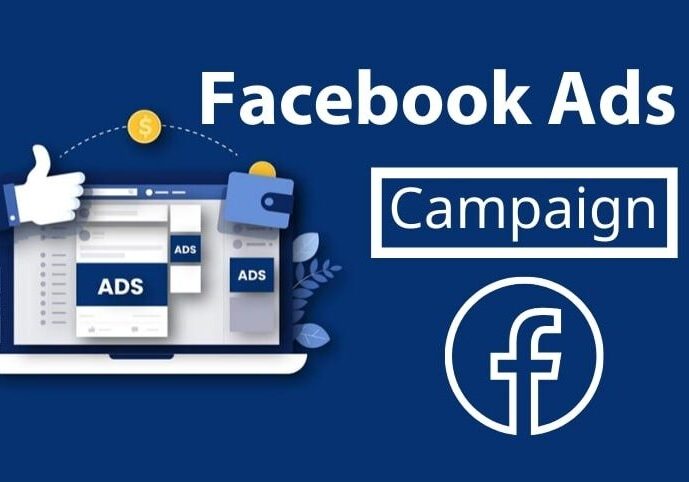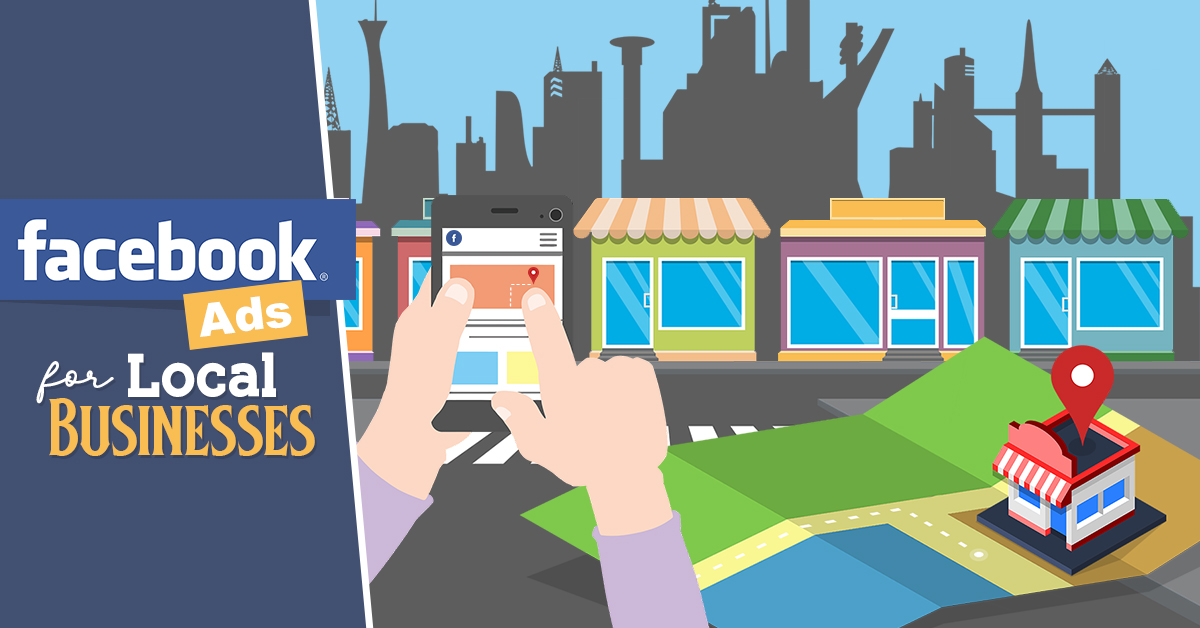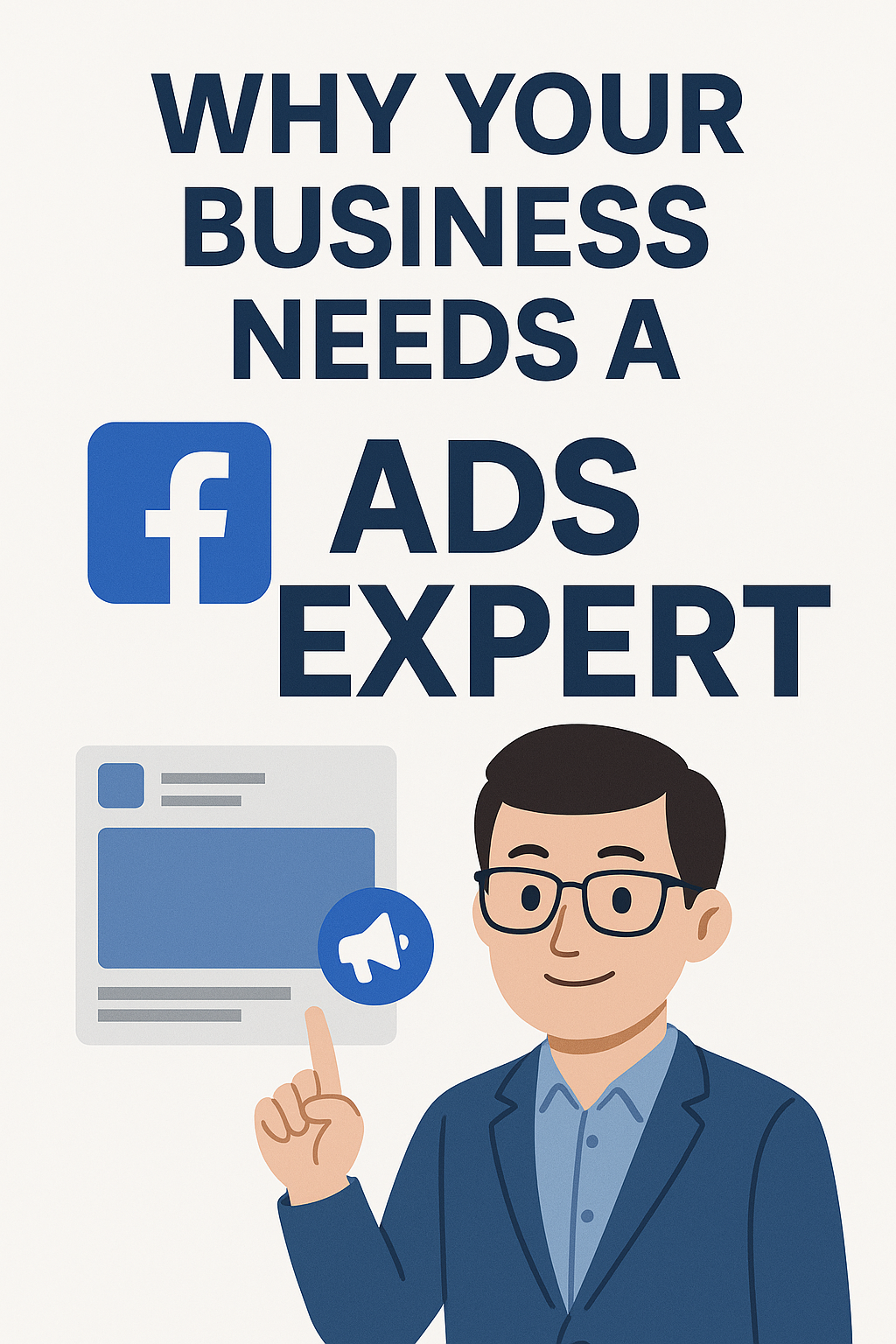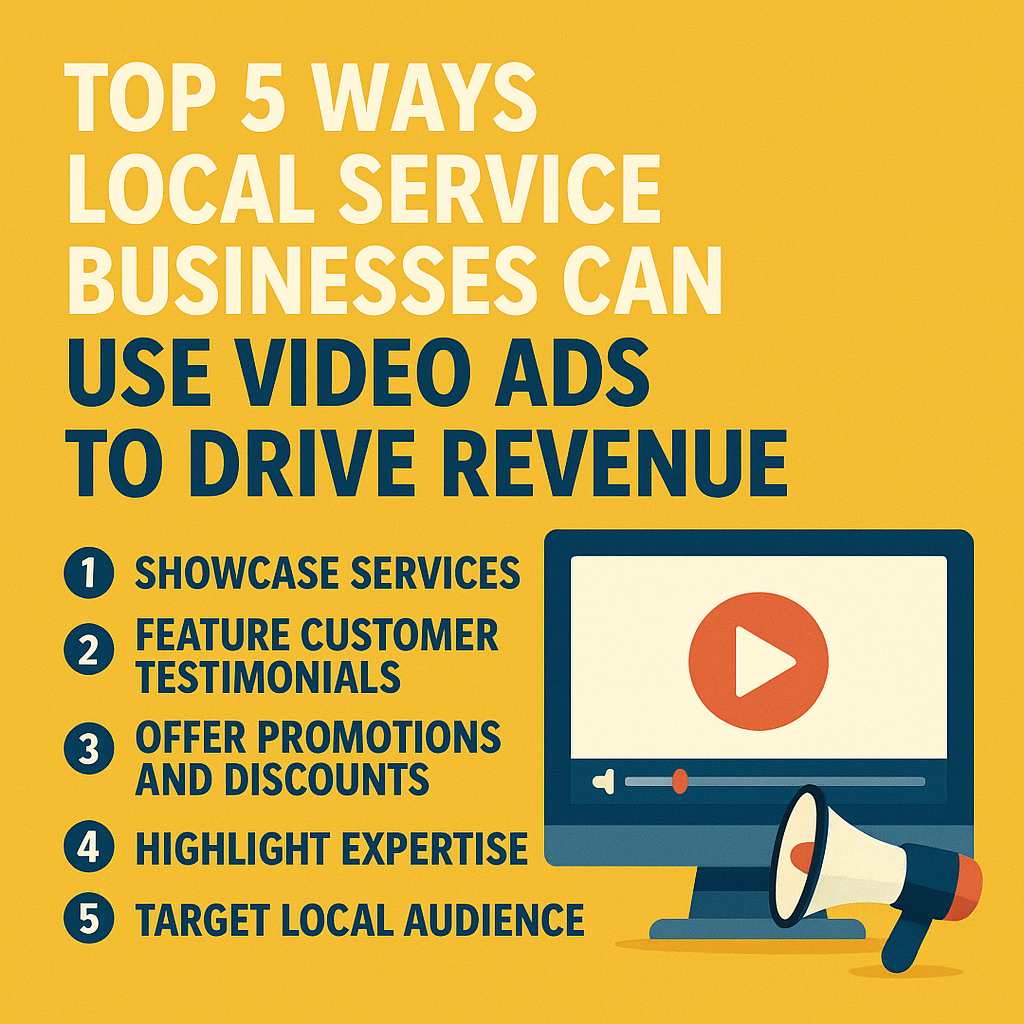When people hear about “paid social media ads,” the first thing that usually pops into their heads is Facebook. And honestly, there’s a reason for that. Facebook has been the kingpin of social networks for years now, and even though younger generations sometimes joke that only “old folks” use it, the numbers don’t lie. Billions of people still scroll, click, and interact there every single day.
Now, if you’re a business owner, marketer, or even just someone trying to push a side hustle, that’s a goldmine. But here’s the thing: just throwing an ad on Facebook doesn’t magically pull people in. That’s where Facebook targeted marketing comes in. Done right, it can actually get people talking, engaging, and eventually buying from you. Done wrong? You’re basically throwing money into the wind.
So, let’s break this down without the fancy marketing lingo. We want to talk about how exactly Facebook targeted marketing can improve customer engagement and why it’s worth considering when you’re thinking about spending money on ads.
First Off, What’s “Targeted” Marketing Anyway?
“Targeted marketing” is just a fancy way of saying: stop talking to everybody and start talking to the right people.” Think about it: if you’re selling fishing gear, does it make sense to show ads to someone who hates fishing? Of course not. But if you show that same ad to a person who spends weekends on the lake with a rod and tackle box? That’s a whole different story.
Facebook has all this insane data on people. Age, location, hobbies, relationship status, the pages they like, what kind of posts they comment on, and yeah, even if they’ve been shopping around online for something similar to what you’re selling. That’s the backbone of Facebook targeted marketing.
Instead of shouting into a crowded room, you’re basically walking over to someone already interested and saying, “Hey, I think this might be for you.”
Why Engagement Matters More Than Just “Likes”
Let’s clear up a big myth right now. Engagement isn’t just about someone hitting “like” on your post. Engagement is the entire spectrum of human interaction on Facebook, including likes, comments, shares, clicks, watching your video all the way through, and even messaging your business page.
And here’s the blunt truth: an ad with 100 likes but no comments or clicks is a lot less valuable than an ad that sparks a handful of conversations or drives people to your website.
That’s why Facebook targeted marketing matters. It’s not just about showing your ad to a ton of people; it’s about showing it to the right ones who are actually willing to take that next step.
How Facebook Targeted Marketing Boosts Engagement
Okay, so let’s get into the meat of it. How does Facebook actually help improve customer engagement through targeting?
1. Custom Audiences
You know those moments when you search for shoes online, and then suddenly your Facebook feed is full of shoe ads? That’s not magic. That’s a custom audience.
Businesses can upload email lists, use website tracking (the infamous “pixel”), and retarget people who have already interacted with them in some way. Why does that work for engagement? Simple people who already know you are much more likely to interact again.
2. Lookalike Audiences
This one’s a bit wild. Facebook lets you create “lookalike audiences,” which basically means, “Hey, Facebook, find me people who act like my best customers.”
That means you’re not wasting time talking to strangers who don’t care; you’re reaching people with similar habits and interests as the ones who already buy from you. The engagement rate? Way higher than random guessing.
3. Behavioral and Interest Targeting
Want to reach parents who just had a baby? Or people who binge-watch cooking videos? Or maybe folks who follow your competitors’ pages? Facebook lets you do all of that.
When your ad matches someone’s actual interest, they’re more likely to stop scrolling, read, and react. That’s real engagement, not forced, not random, but organic because the ad feels relevant.
4. Ad Placement and Testing
Here’s where paid social media ads get tricky. Not every format works the same. Some people scroll their feeds, others hang out in Stories, and some spend time on Marketplace. Facebook lets you test all of these placements.
If you see higher engagement in Stories, you can push more ads there. That fine-tuning makes a massive difference. Without targeting, you’d just be guessing.
5. Personalization
People can smell generic ads a mile away. With Facebook’s targeting tools, you can run slightly different versions of ads to different audiences.
For example, you could show “Back-to-School” deals to parents but show “Student Discounts” to younger audiences. Same product, but the angle changes. And when people feel like the ad is speaking directly to them, they interact.

Engagement That Feeds the Algorithm
One little secret that marketers know (but not everyone talks about): Facebook rewards ads that people engage with.
The more likes, comments, and clicks your ad gets, the cheaper it can become to show it to others. Facebook thinks, “Okay, people like this, so let’s push it more.” That snowballs into even more engagement.
So targeting isn’t just about getting attention; it’s about keeping Facebook’s algorithm happy, too.
Real-World Example
Let’s say you run a small coffee shop. Without targeting, you might throw out an ad, and it shows up to random people 50 miles away who will never drive over for a latte. Money wasted.
With Facebook targeted marketing, you can set the radius to just your city, target people who list “coffee lover” as an interest, and maybe even add people who follow Starbucks. Now you’re hitting locals who are actually obsessed with coffee.
The engagement? They’ll comment, “We have to try this place,” tag their friends, or click to check your menu. Suddenly, that $20 you spent feels like it actually went somewhere.
Why Businesses Are Still Betting on Facebook
Some people say Facebook advertising is “dying.” But the truth? Paid social media ads on Facebook are still one of the most efficient ways to engage people if you’re smart with your targeting.
Even with competition, Facebook’s data and targeting features are ridiculously advanced compared to many other platforms. And because engagement feeds into sales, businesses keep coming back.
Quick Tips for Better Engagement with Facebook Ads
- Don’t try to target everyone. Narrow it down.
- Use visuals that actually stop the scroll. Boring stock photos won’t cut it.
- Test different headlines and calls to action; small tweaks change results.
- Retarget people who already know you. It’s a low-hanging fruit.
- Don’t ignore comments. Reply. Start conversations. That’s real engagement.
Final Thoughts
Facebook targeted marketing is not a magic bullet at the end of the day. It is, however, a hell of a lot smarter than putting ads into the vacuum. The closer you get to the ad, the more people will interact– comment, share, click, and ultimately turn into paying customers.
Hiring social media advertisements can be dangerous when you are not aware of what you are doing. However, when you do target Facebook, you aren’t wasting money; you are making connections. And that is what lasts.
Ready to get smarter with your paid social media ads? Check out Social Web and see how the pros do it.
FAQs
- Are Facebook ads still worth it in 2025?
Yes, they are. While competition is higher, Facebook’s targeting tools are still unmatched for reaching the right people and sparking engagement. - How much should I spend on Facebook targeted marketing?
There’s no one-size-fits-all answer. Start small (even $10–$20 a day) and scale up when you see engagement and conversions. - What’s the difference between reach and engagement?
Reach is how many people saw your ad. Engagement is how many people did something with it, like comment, click, or share. Engagement is usually the more valuable metric. - Do I need a professional to run Facebook ads?
Not always. The platform is user-friendly enough for beginners, but hiring a pro can help you avoid wasting money on poorly targeted campaigns. - Can Facebook targeted ads really bring local customers?
Absolutely. Local businesses use radius targeting, interest filters, and lookalike audiences to bring in real local traffic that’s actually interested.





